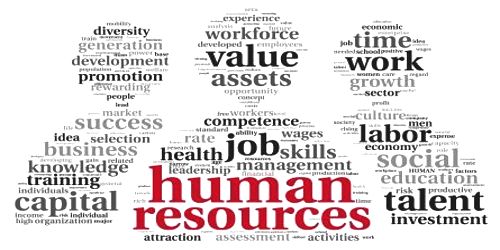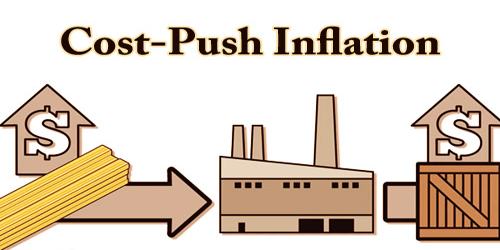Objective of Human Resource Management:
Human Resource Management is the process of managing people in an organization in systematic and organised manner. The main goal of human Resource management is maximize the productivity by enhancing efficiency of employees in an organisation. To manage efficiently and accomplish the goals of any organisation, Human Resource Management is composed with various interrelated activities.
Managers and HR departments achieve there purpose by meeting objectives. Objectives are benchmarks against which actions are evaluated. Four HR objectives are given below:
A: Organizational objective:
HRM is a means to achieve efficiency and effectiveness. It serves other functional areas, so as to help them to attain efficiency in their operations and attainment of goals to attain efficiency. To recognize that HR management exists to contribute to organizational effectiveness. Even when a formal HR department is created to help managers, the managers remain responsible for employee performance. The HR department exists to help managers achieve the objectives of the organization. HR management is not an end in it self, it is only a means of assisting managers with their human resource issues. Succession planning is an important issue to be taken up as a contemporary organizational objective.
B: Fictional objective:
Maintain the department’s contribution at a level appropriate to the organizations needs. Resources are wasted when HR management is more or less sophisticated than the organization demands. HRM performs so many functions for other departments. However, it must see that the facilitation should not cost more than the benefit rendered.
C: Societal objective:
Ethically and socially responsive needs and challenges of society while minimizing the negative impact of such demands on the organization. HRM must see that the legal, ethical, and social environmental issues are properly attended to. Equal opportunity and equal pay for equal work are the legal issues not to be violated. The failure of organizations to use their resources for society’s benefits in ethical ways may result in restrictions. The results are clear when these issues are not taken care of. To help the society through generating employment opportunity, creating schools and dispensaries, helping women empowerment are the social responsibility issues.
D: Personal objective:
Assist employees in achieving their personal goals, at least insofar as those goals enhance the individual’s contribution to the organization. Employees are encouraged by competitive firms to change the jobs. HRM has the responsibility to acquire, develop, utilize, and maintain employees. The personal objectives of employees must be met if workers are to be maintained, retained, and motivated. This would be possible only when the HRM helps employees to achieve their personal goals to get their commitment. Creating work-life balance for the employees is a personal objective.
HRM activities:
Simply put, HRM is a management function that helps managers’ recruit, select, train and develops members for an organization obviously. HRM is concerned with people’s dimension in organization.
Human resources planning:
HRP systematically forecasts an organization future demand for & supply of employee. HR planning is also called to develop staffing plans that support the organizations strategy by allowing it to fill job openings proactively. Analyzing and identifying specific skilled work force with in right time and designing programmes to achieve human resource requirements.
Recruitment & selection:
Recruitment is the process of finding & attracting capable applicants for employment. The process begins when new recruits are sought & ends when their applications are submitted. The result is a pool of applicants from which new employees are selected. To attract and maintain skilled, experienced, dedicated, and well-motivated employees, a high level of resources and commitment is essential.
Placement:
Placement decision is taken offer the selection process. This is the process of put the right person for the right place according to their skills & qualification.
Orientation & training:
Employee should be oriented about the organization. How the work is performed that process is called training. It’s the teaching about gaining the practical knowledge. Training and development is highly essential to prepare organizations to meet future challenges.
Performance evaluation:
Performance evaluation is a way to measure how well employees perform his work. That is important for increase the effectiveness of the employee’s performance. Performance appraisal process involves establishing and communicating standards, measuring actual performance, comparing actual performance with standards and discuss with concerned employee.
Compensation & protection:
Employee should be compensated by the wages, salary & fairly. If the compensation is too low then employee face dissatisfaction & if the compensation is too high than it could be against of company low. Deciding appropriate compensation can motivate the employee’s performance. To design efficient pay system HRM deportment should aware some aspects like Rational Job analysis, proper job evaluation and depth knowledge about an organisation and market factors.
Employee relation & assessment:
It maintains the relationship between whole unions of organization & assesses the work activities.
Information Source:
















